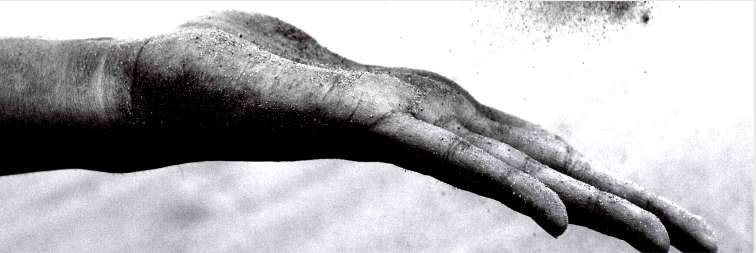If space is germophobic, what’s with all the dust if keeps leaving behind?

In April 1967, the spacecraft Surveyor 3 was gently lowered into the ocean of Bura, on the Moon. Two and a half years later, in November 1969, the crew of Apollo 12 landed. This was the second human mission to set foot on the Moon.
The mission members removed one camera from the Surveyor and then returned it to Earth. Later, among the glued camera lenses, streptococcal bacteria were found. Apparently, it originated from the factory where the device was being assembled.
Those bacteria spent over two years in the apparatus on the Moon – and continued to live normally as soon as they were refreshed with the earthly juices of life: water and food.
Bacteria, you see, are really tolerant. Theories have appeared in recent years that cast doubt on the accuracy of this conclusion, but the fact remains that bacteria are very tolerant creatures.
Later, much more drastic examples of bacterial endurance were found!
Some were dead for millions of years, before scientists found them – and brought them back to life. It turned out, then, that some bacteria like extremely strange places to live.
There are those who feel winter if the temperature is lower than that at which water boils, others bask in sulfuric acid, and still others thrive in nuclear reactors.
But let’s go back to the beginning of the story. Some bacteria arrive on Mars with earthships. The Conditions on Mars are harsh and extremely unfavorable for known life.
On the other hand, maybe one day they’ll come out of hiding and discover that Mars isn’t so inhospitable anymore, perhaps.
Webb’s view of Cas A
Cassiopeia A (Cas A) represents the remains of a supernova, created by the explosion of a star 340 years ago.
“Compared to previous infrared images, we’re seeing incredible detail that we couldn’t access before,” says Thea Temim of Princeton University in Princeton, New Jersey, a co-investigator on the program.

Existing observations of supernovae have not been able to explain the amount of dust we see in these early galaxies.
By the way, it is about 11,000 light years from Earth, placed in the constellation Cassiopeia. A new image of Cas A taken in the mid-infrared by the ST James Webb MIRI instrument shows the supernova remnant. The intricate structures shown in vivid color provide astronomers with data for stellar forensics to understand the death of a star.
“Cas A is the best opportunity to look at the debris field of an exploded star and perform a kind of autopsy on the star to understand what kind of star that star was there before and how exploded,” said Danni Milisavljevic of Purdue University in West Lafayette, Indiana, who led Web program researcher who captured these observations.
The image shows a nebula with a complex circular structure. Studied by ground-based and space-based observatories, Cas A is the prototype supernova remnant.
By studying Cas A with Webb, astronomers hope to better understand its dust content. Hopefully this will lead to numerous answers to questions we haven’t even asked yet!
How about a tribute to the ones you love? Did you know that here at OSR you can name stars?

